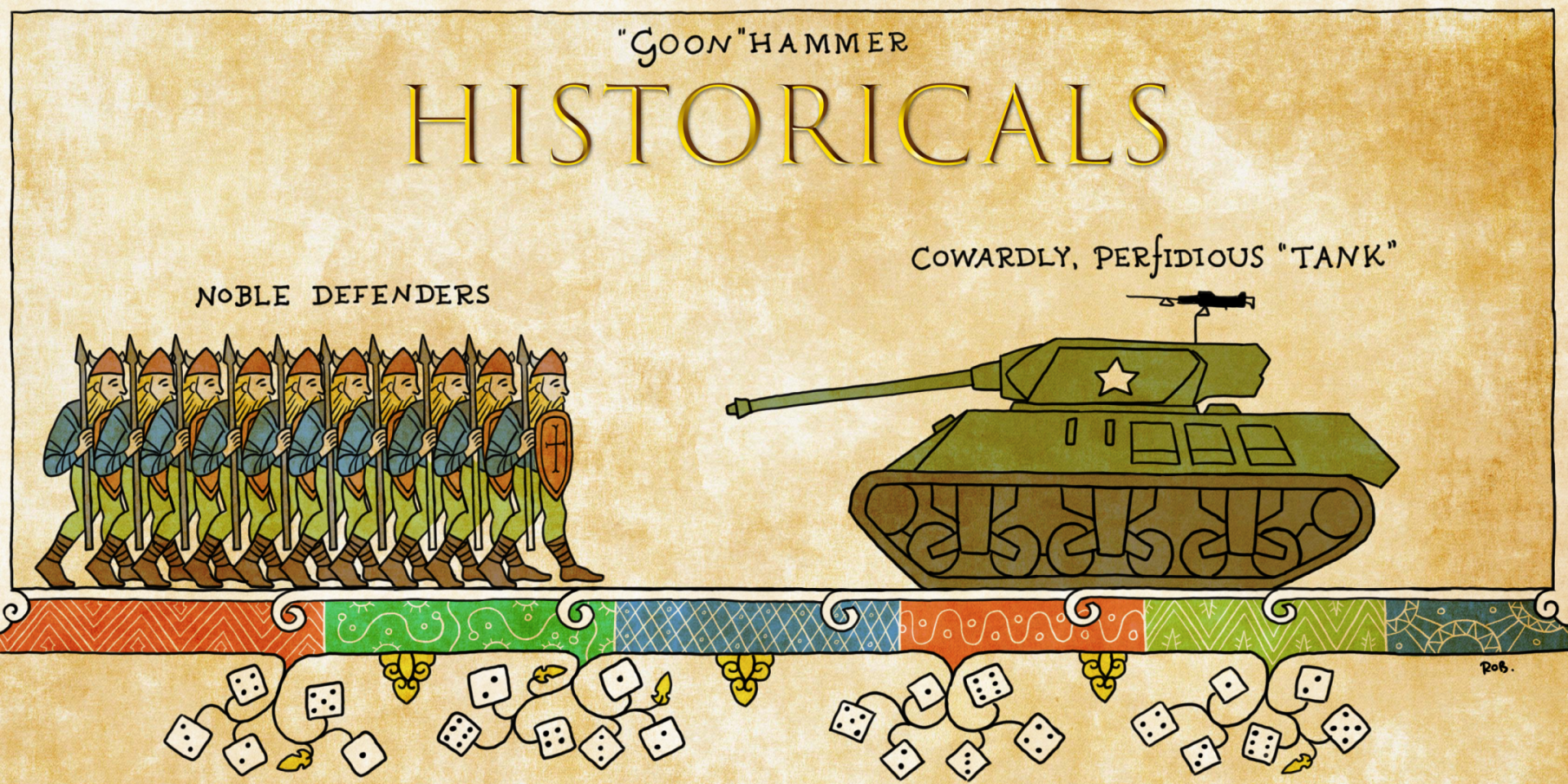
So you’ve seen the movie and now you know with absolute certainty where Napoleon went wrong. You can, and will, do better. It’s time to get into real wargaming. Welcome to Napoleonics.
For many historical gamers, Napoleonics are historical gaming. Though World War 2 has become the most popular setting in recent years, for many decades Napoleonics were the bread and butter of wargaming, and even today it is one of the most played eras in all of history. The figure of Napoleon is a compelling one, but the complex tactics, vast scale and sweeping battles of the period are even more so. It is a natural fit for mass battle gaming, but there has been a vogue in the last couple of years for smaller-scale conflicts as well.
We’ll be updating this page during Napoleonics week – check back for more content as we go!
How do I learn more about Napoleonics?
The best way to go into more detail on Napoleonics – and find out what Scott took some serious creative liberties with – is to pick up a book! If you’d like to stick with Goonhammer, see our recommendations Click the banner link below for our best reads on Napoleonic history:
Lenoon’s Road to Austerlitz
If you’d like more of a guided tour on what to read about Napoleonics while watching someone get nearly everything wrong at first, Lenoon’s Road to Austerlitz is a year-long trip through building, painting and learning Napoleonics, with book recommendations in each article.
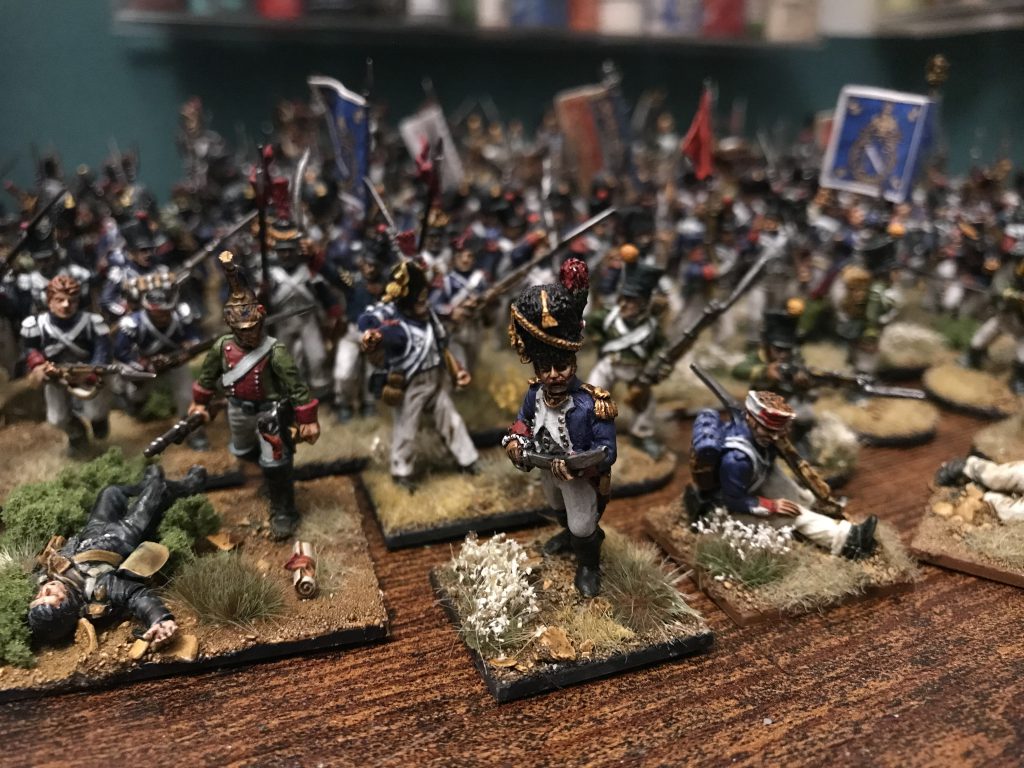
What games should I play?
There are more Napoleonics games than Napoleon had battles. There are hundreds, if not thousands, of different rule sets you could play, but we’re going to recommend some good starters at 28mm scale, perfect for your entry into the wide and wonderful world of Napoleonic gaming. For more Napoleonics systems, check out our regular historicals content.
Sharp Practice
Sharp Practice is our absolute favourite Napoleonics game. Perhaps a little ahistorical in scale, it’s designed for groups of 50-80 soldiers a side, and the primary setting offered is the Pensinular War (where this kind of fighting is a little more plausible). It’s fast and furious, with formations being a key element of the game but not everything. There are also some absolutely wonderfully characterful touches, such as the random events table, and the officer personalities, making it extremely fun and narrative to play. You can pick up the Sharp Practice rules from the Too Fat Lardies website.
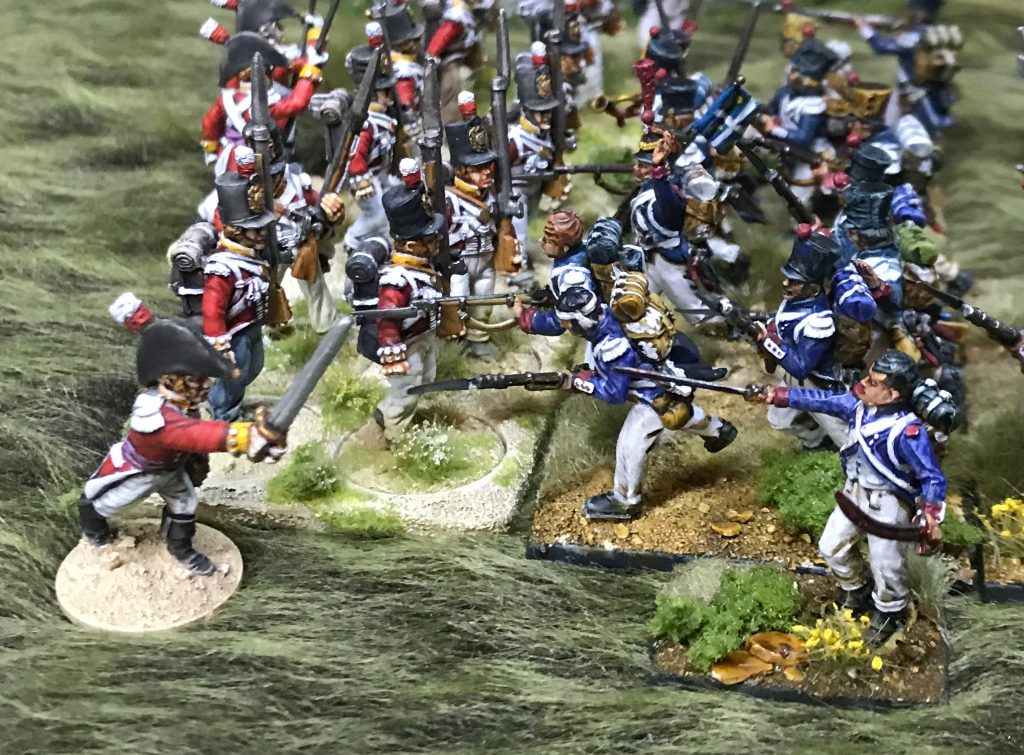 You can learn how to play – and how to play well, with our series of Guides:
You can learn how to play – and how to play well, with our series of Guides:
Movement
Firing
Basing
Eras in Sharp Practice
Black Powder
The game that Warlord Games built their company on, Black Powder is the quintessential wargame for massed battle Napoleonics. It covers other conflicts than just the Napoleonic Wars, but it’s hard to claim that they are not at the heart of the offering. It focuses on the battalion as the standard tactical unit, which makes it a good fit for brigade or division level play. It’s possible to play at a corps or army level, but probably you’re better off looking at something like a hex and chit game for that, than a miniatures wargame.
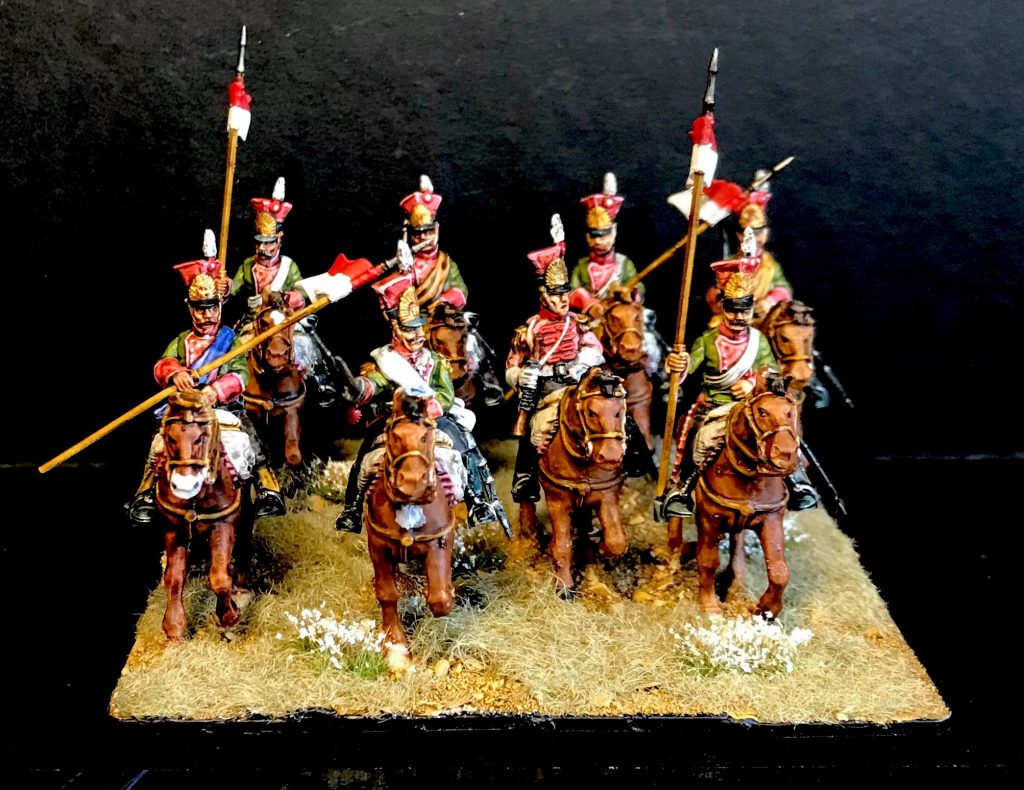
Though the game is intended primarily for 28mm miniatures, you don’t need to feel obliged to keep to this as there are robust rules in the book for playing at other scales, and the Goonhammer Historicals team will admit to feeling like 6mm or 10mm is probably the ideal scale for this kind of conflict. Black Powder is easy to pick up and easy to master, perfect for large multi-player games. It might not be the most interesting or intricate system, but it plays quick and gets the job done.
Soldiers of Napoleon
A bit more of an intermediate game, Soldiers of Napoleon plays at the same scale and size as Black Powder, but with a more detailed and more satisfying set of mechanics behind it. Soldiers of Napoleon seats you in the midst of much larger battles, really selling the feeling that you are playing a key part of a massive clash. Card activation mechanics make for interesting tactical and strategic interplay and the rally mechanic is one of the best bits of a great system.
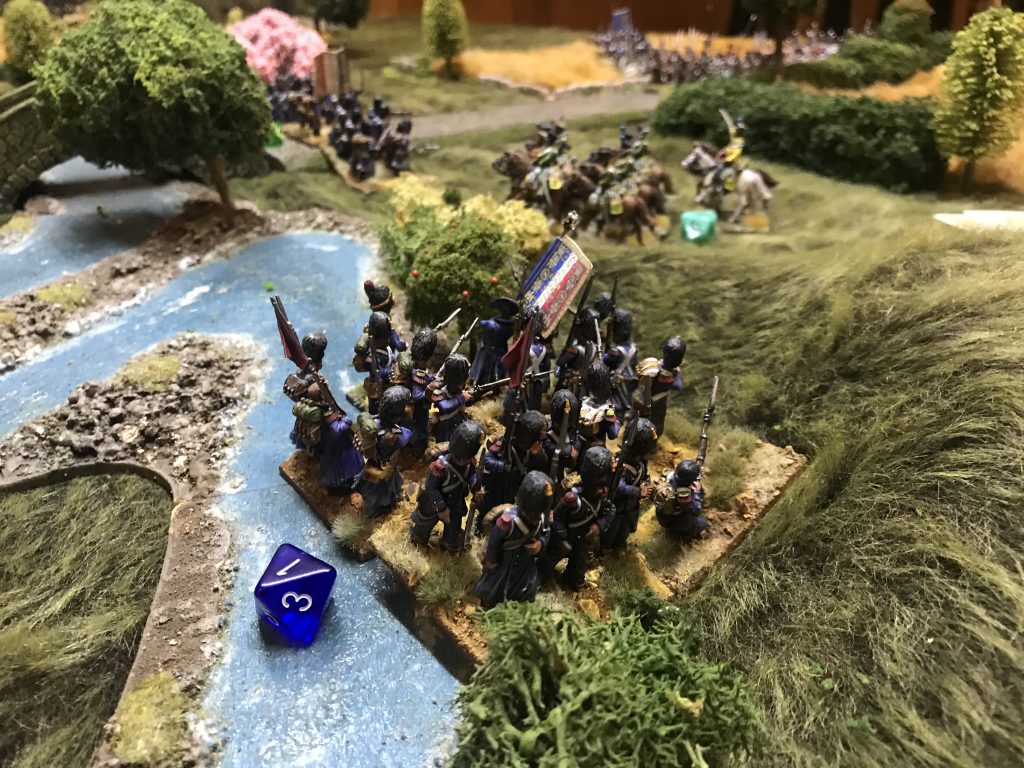
You can read more about Soldiers of Napoleon in our review and interview with Warwick Kinrade.
What models should I buy?
If you’re coming to Napoleonics from Games Workshop games you may find the sheer variety of ranges, kits and manufacturers a new and daunting experience. For a quick guide to buying an army for each of the major combatant nations of the Napoleonic Wars we’ve produced these article giving you an army on a budget for skirmish and mass battle games. Click the banner links below to see the guides.
How do I paint my army?
Ok, you’ve just bought a 28mm army – at a shockingly reasonable price – and now you’re looking for quick, effective paint schemes. We’ve got you, friend. Click the banners below for our Quick Painting Guides to the armies of the Napoleonic wars.

I’ve done all that, what do I do now?
Take over Europe, of course!
Questions, comments, suggestions? Get in touch via contact@goonhammer.com or leave a comment below
